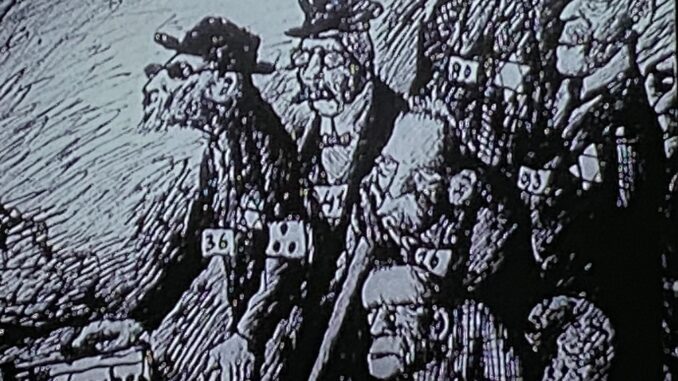
We spent an educational, but somewhat depressing day in September, 2023 on a Viking optional excursion to Terezin, a city in the Czech Republic.
The excursion was part of a Viking River Cruise pre-cruise extension in Prague prior to the Grand European Cruise which took us from Budapest to Amsterdam.
As we traveled through the Czech countryside to our destination 43 miles north of Prague, our guide provided us with some essential background. Terezin consisted of a city and a fortress. During World War II, the city housed the Terezin Concentration camp while the fortress became a Gestapo prison.
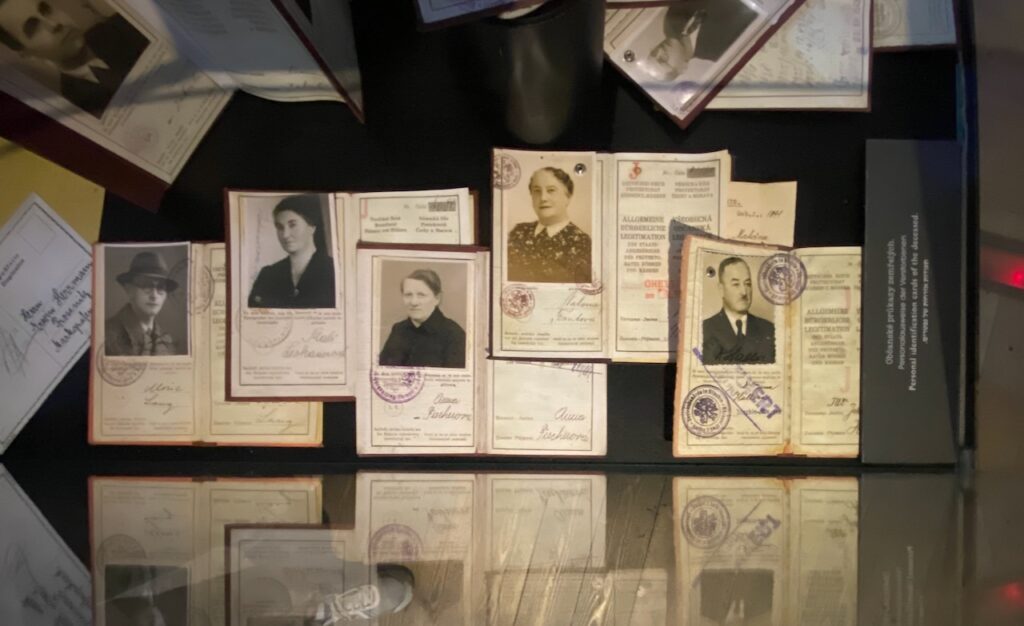
Terezin was not designed as an extermination camp. Rather, its served to hold Jews and other groups prior to their shipment East to extermination camps such as Treblinka. The conditions were designed to weaken and possibly kill the inhabitants prior to their transportation to the East. Living quarters were overcrowded, food was scarce, and medical facilities were minimal. But despite all of these hardships, the Jews were somehow able to organize special lectures and study groups.
The Nazis publicized that Terezin was a model ghetto and a pleasant home for Jews. In February of 1944, they began a beautification campaign. Streets were cleaned and facilities were upgraded. The SS deported about 7,500 occupants who were sick or elderly and might detract from the outwardly pleasant atmosphere of the ideal Jewish camp.
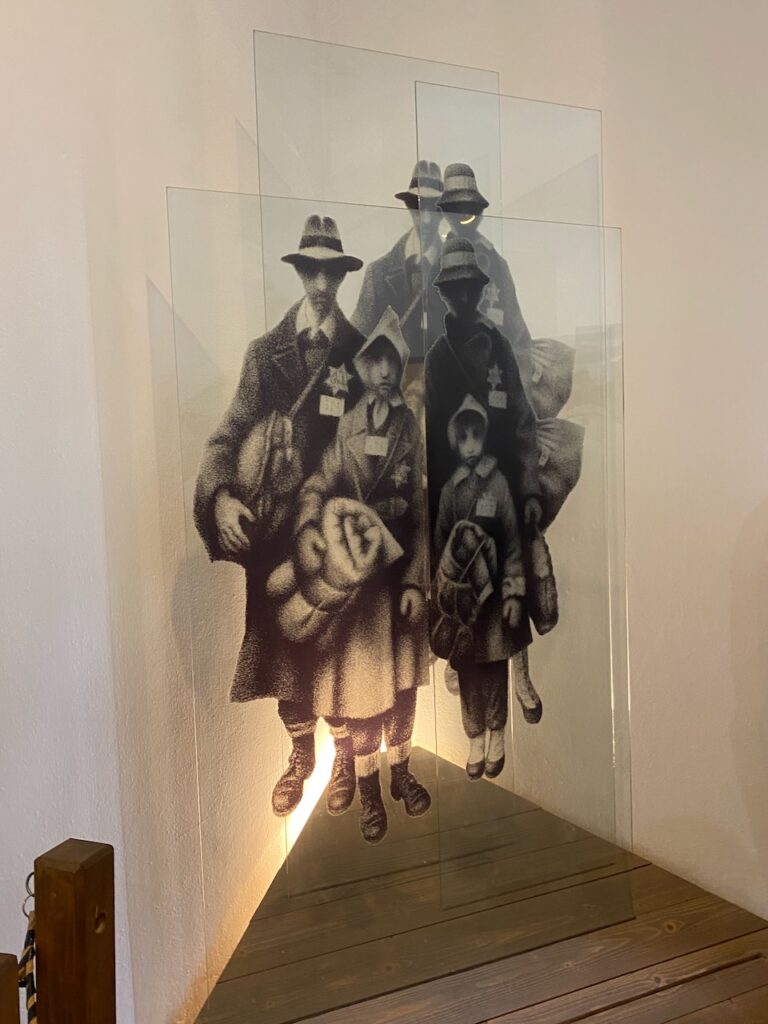
Residents were told under penalty of death to tell the Red Cross how pleasant things were here. The Red Cross visited on June 23, 1944 and were treated to a series of soccer matches and concerts. Children were even given candy which had to be returned. The Red Cross visitors left with a false favorable opinion and within a week transports to The East began again.
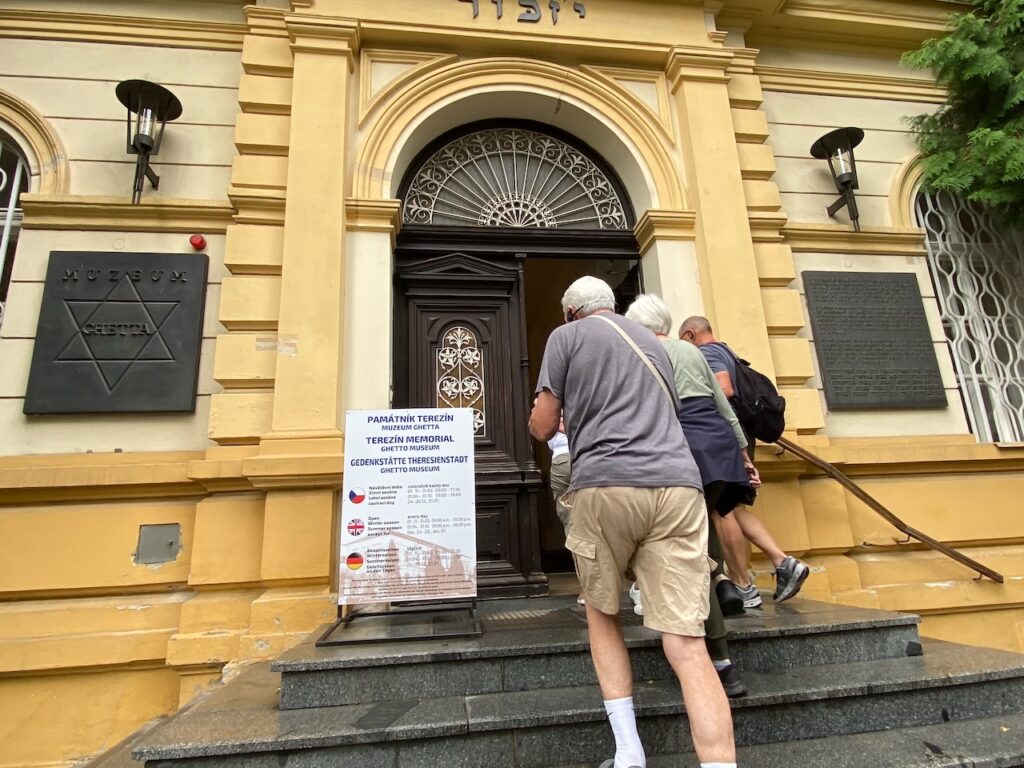
Terezin Memorial Museum
Our group’s visit began in the Terezin Memorial Museum which receives about 250,000 visitors a year. The ground floor and mezzanine is dedicated to children of the ghetto. We also saw exhibits describing the begining of the persecution of Jews, establishment and life in the ghetto, and transports to work and extermination camps.
The museum is housed in what previously was the dormitory for teen age boys. The youth were able to organize their own soccer teams and magazine. The walls of the museum were filled with the boy’s paintings. Most of the boys were aware of their potential fate and nearly all of them were eventually deported and executed.
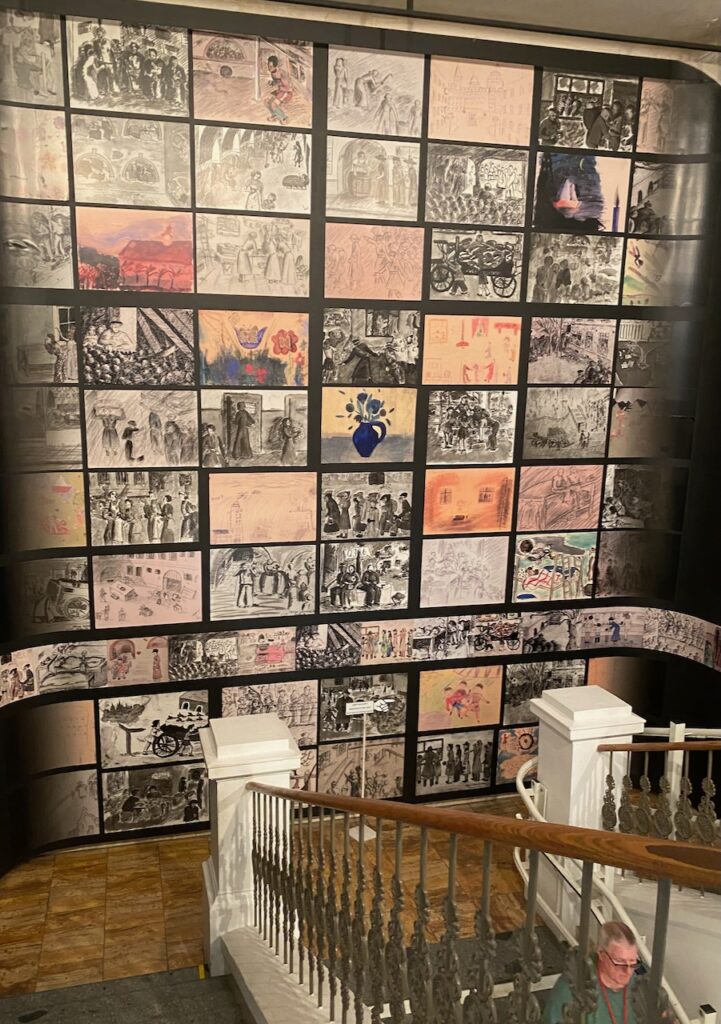
We learned that the Nazis set up a Jewish governing council for the ghetto. The council was responsible for organizing activities as best it could to keep things under control. It was also responsible for selecting people for transport.
After leaving the museum, we waked through the town. Our guide pointed out the old casino which German soldiers frequented during the war. There are also several recreation fields. Some Czech civilians have moved back to the town, but most of the activity involves visitors.
TEREZIN FORTRESS
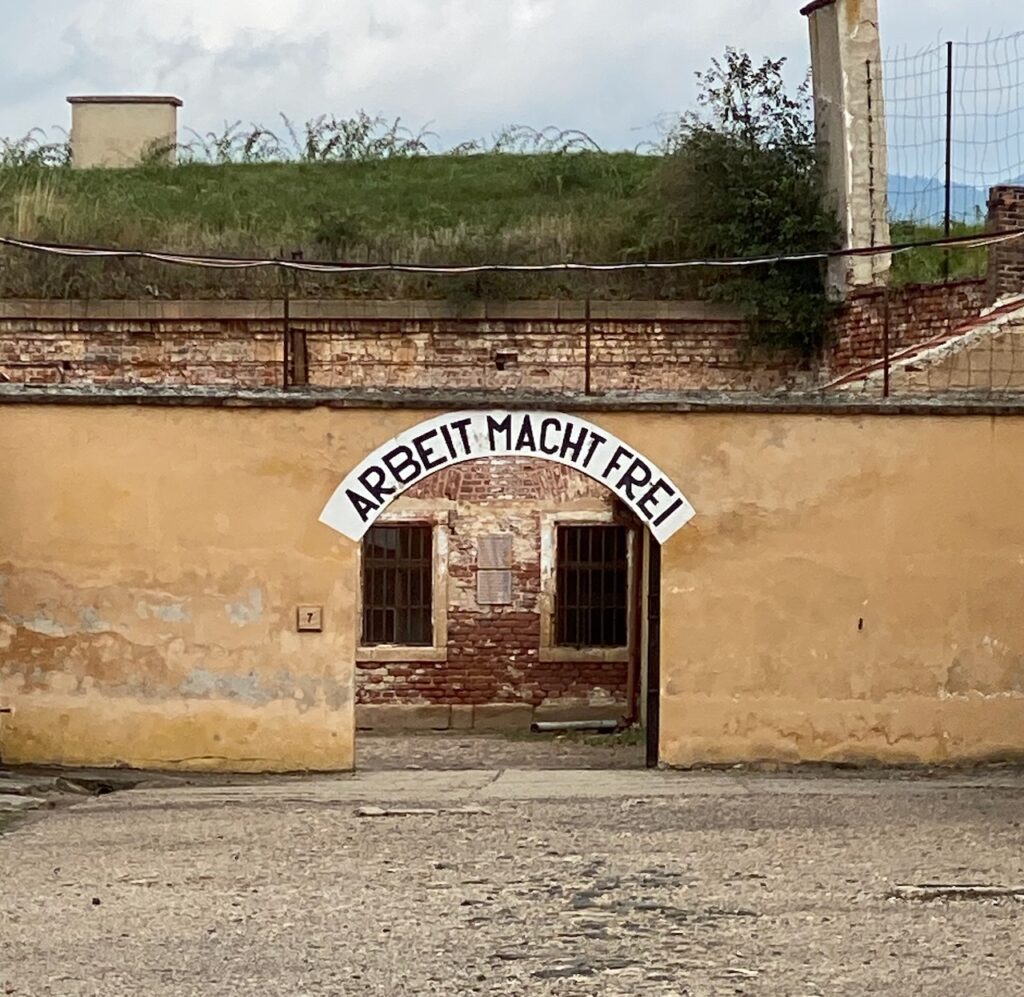
Our bus next took us to the Terezin Fortress. This structure was built at the end of the 18 th century in anticipation of an attack by the Hapsburgs. It was used by the Gestapo during World War II as a prison for political prisoners. Conditions were horrible. Raymi Britto, a local guide, took our group around the facility.
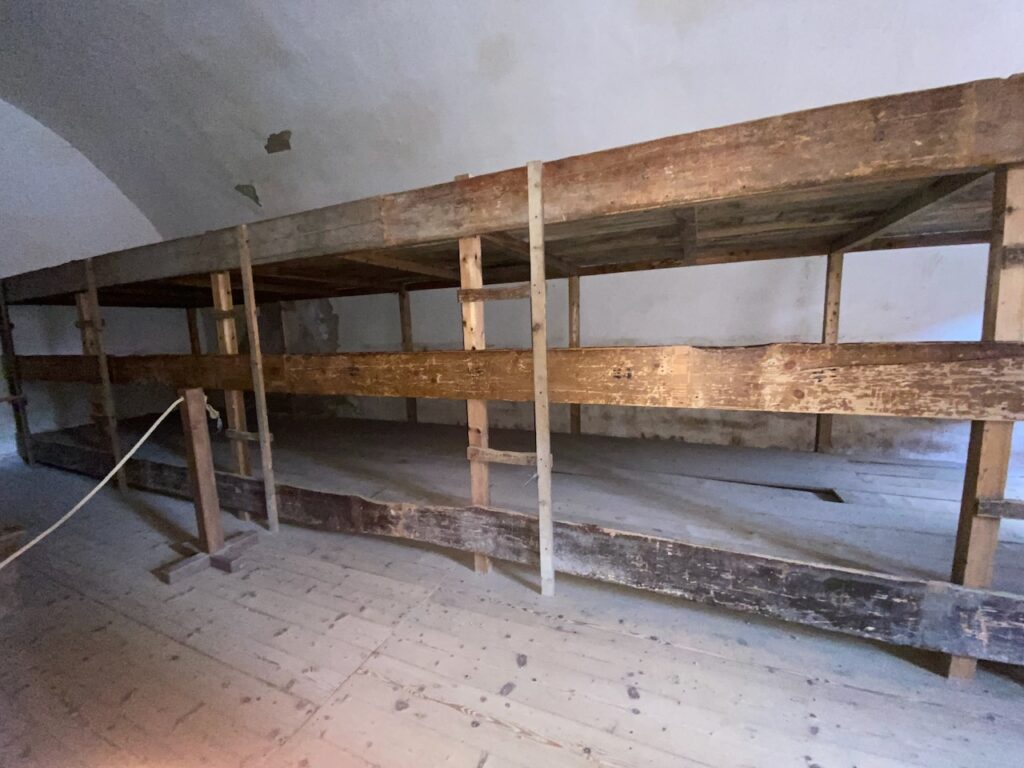
Prisoners were kept in severly crowded rooms with minimal toilet facilities. Several prisoners would die every night due to illness and fatigue.
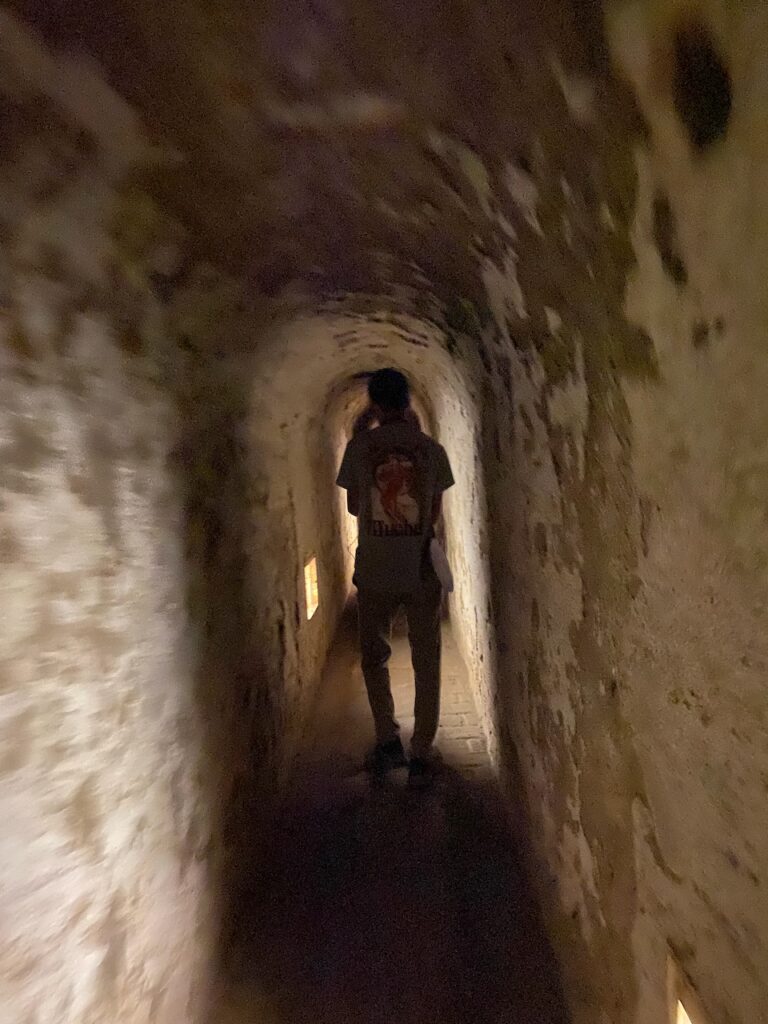
Toward the end of the tour, we were led through a long underground passage which led to a grassy area housing an execution area. It contains a gallows and a brick wall. Bullet holes were evident scattered throughout the brick wall. Raymi told us that there was no record of the number of executions, but he did comment that several prisoners were executed just before the prison was liberated at the end of the war.
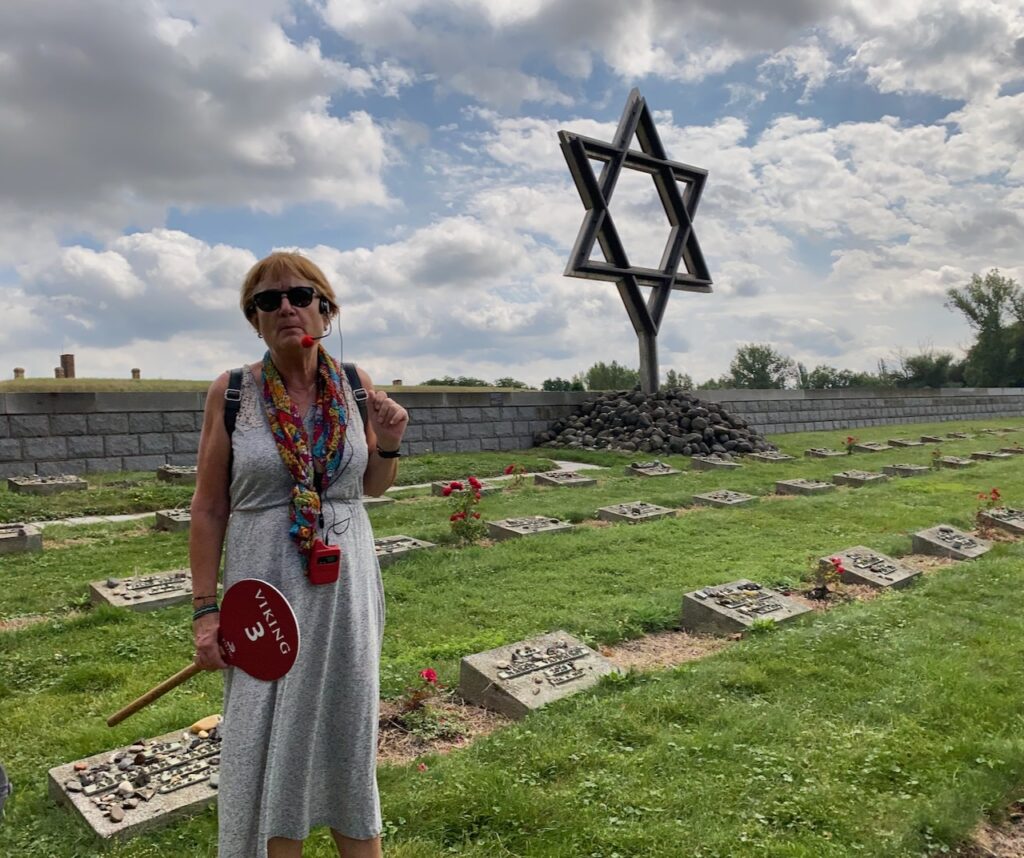
After leaving the fortress, we walked by the Terezin memorial cemetery. It contained numerous headstones over the buried ashes of victims who perished at or passed through the Terezin ghetto.
Our spirits were partially lifted during lunch at a local restaurant where we consumed large amounts of good homemade Czech beer. We then returned to our hotel in Prague.
This was a depressing, but stimulating day. We were impressed with Viking’s skill in organizing the excursion.
Article by Burt Davis and Dianne Davis

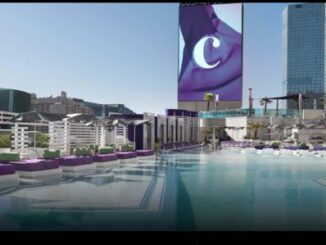

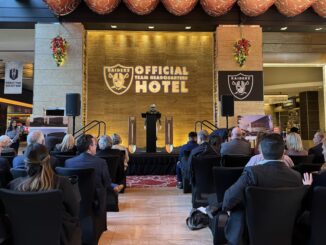
Be the first to comment